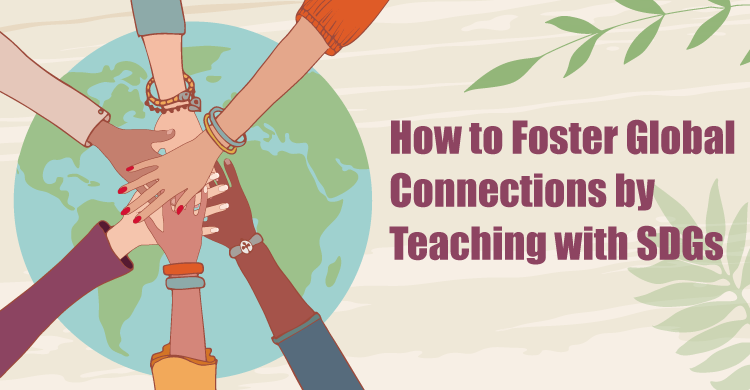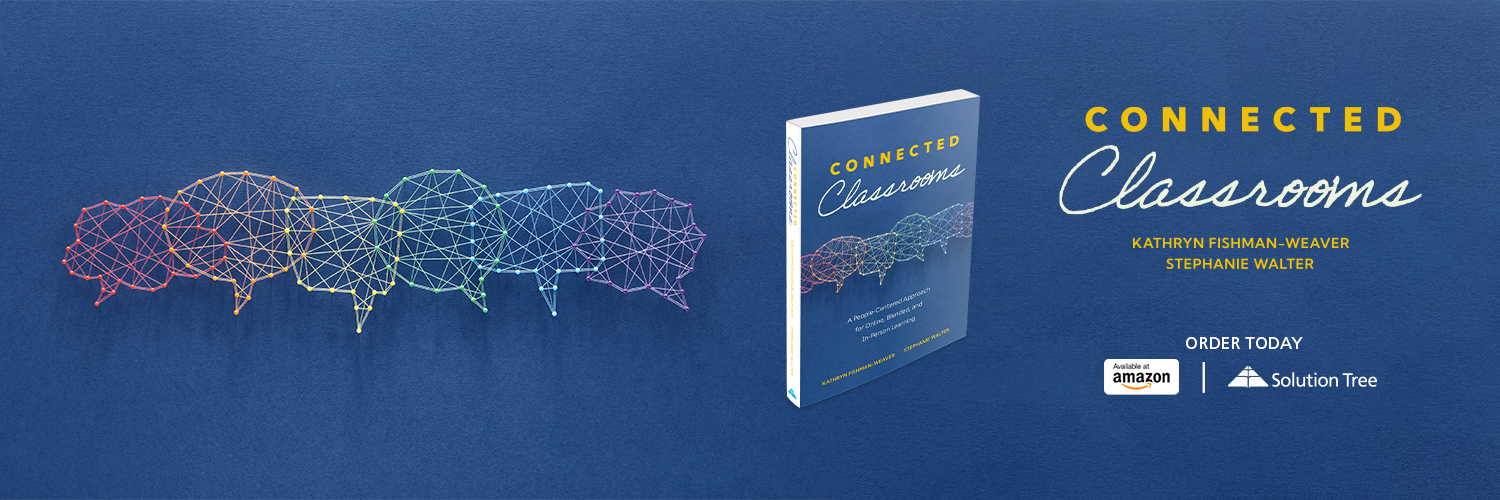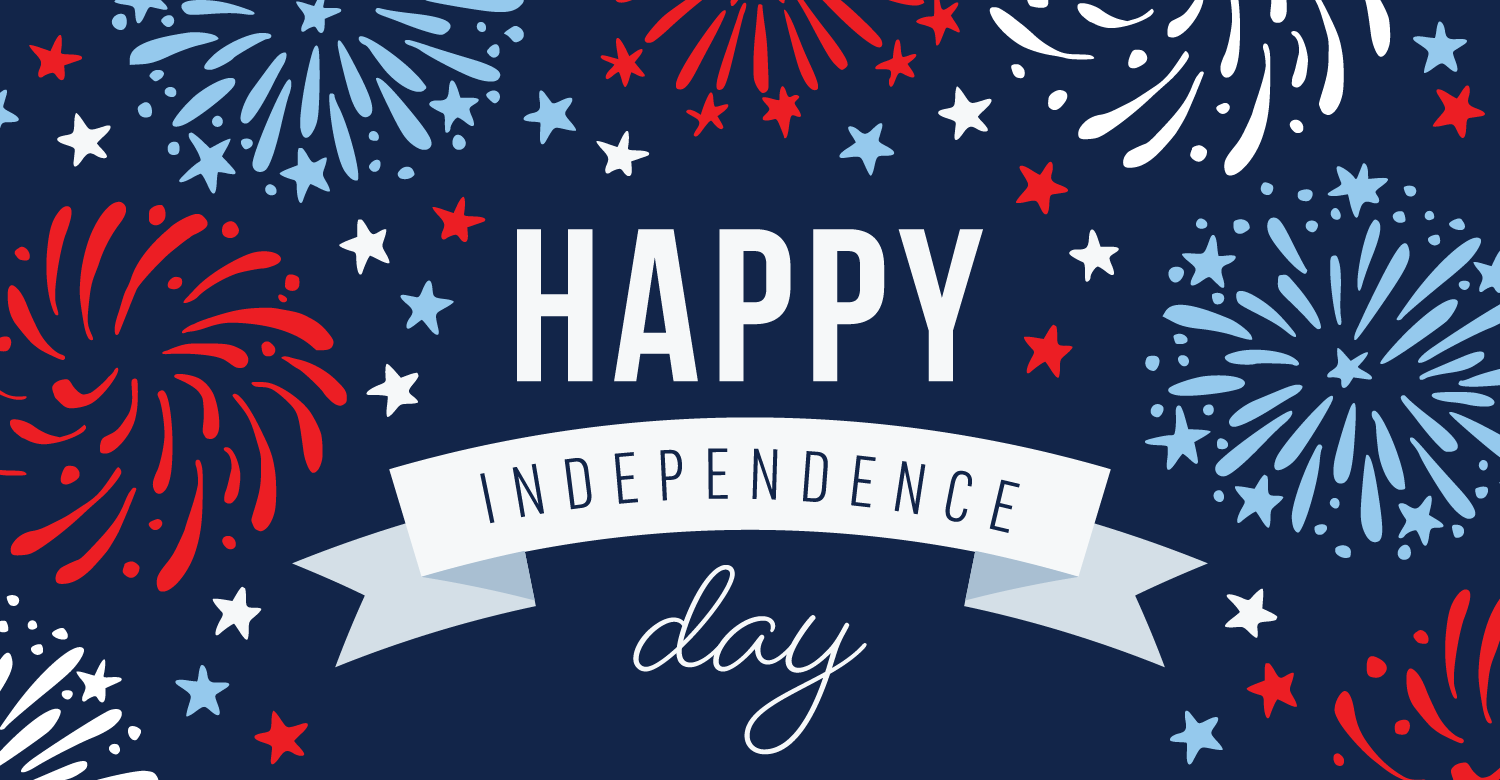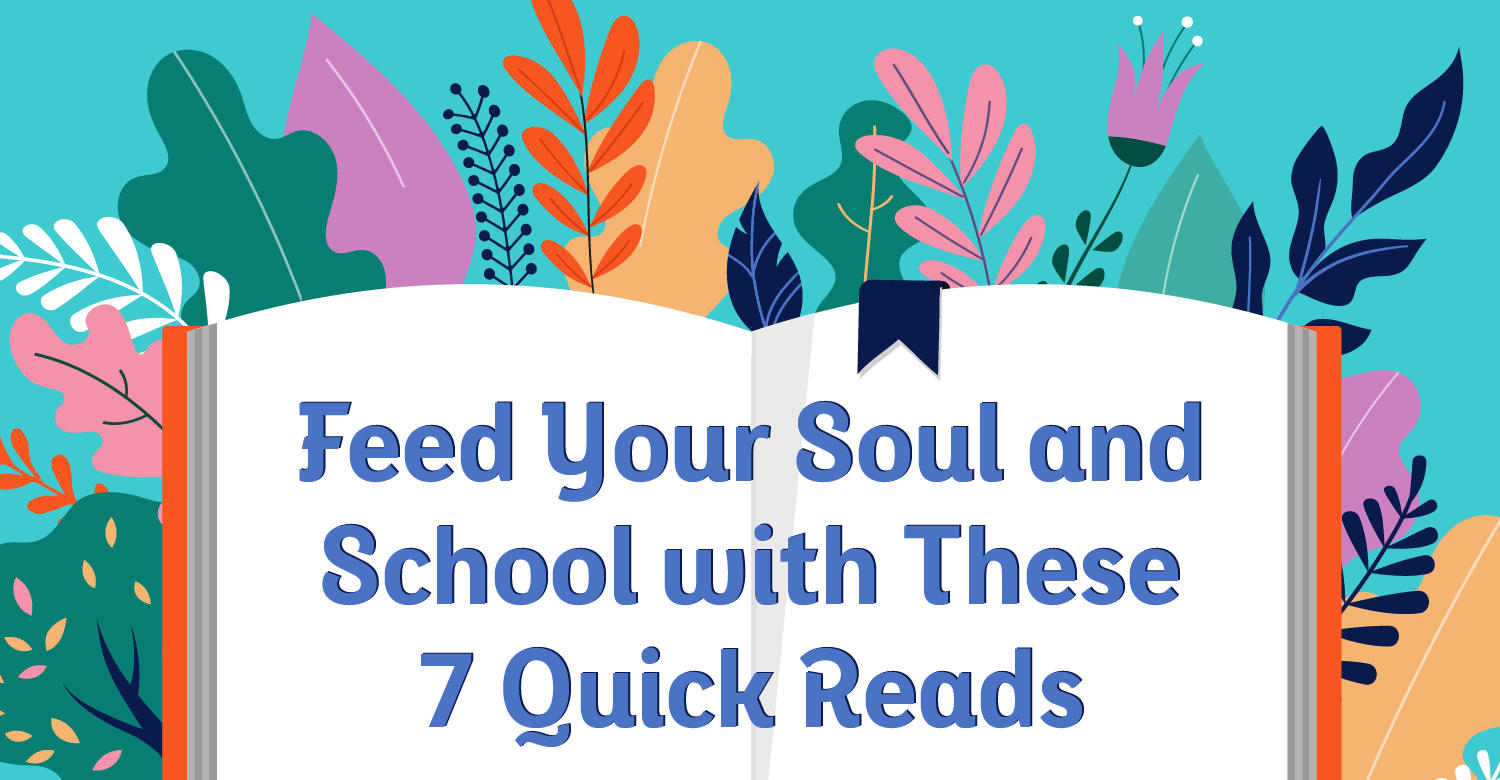“So much orange!” exclaimed a high school student as she helped me haul up yet another heavy bag of carrots.
Our international student group and I were packing vegetables at our local Feeding America Food Bank. As we packed carrots, we talked about hunger-relief work. My students also taught their peers and me how to say carrot in their home languages: cenoura (Portuguese), zanahoria (Spanish), and морква (Ukrainian). Later we toured the warehouse and learned about local efforts to increase food security.
Community-engaged projects can be a powerful anticipatory set. Upon returning to class, we continued our lesson on food insecurity. When our students learned that in 2022 approximately 735 million people—or 9.2% of the world’s population—were living in chronic hunger (United Nations, 2023), they had a recent context to attach to this content.
In our book on Connected Classrooms, Stephanie Walter and I write that school is a global community project that “…begins[s] with identifying what communities exist within your broader educational community. Situating your classroom within the broader context of school and student communities puts you more in touch with your students and deepens the intentionality of your educational practice” (Fishman-Weaver and Walter, 2022, p. 36).
In addition to local communities, our schools also belong to a vibrant global community. The United Nations Sustainable Development Goals (SDGs) offer a compelling framework for connected teaching practices.
17 Sustainable Development Goals for a better future
The United Nations 2030 Agenda for Sustainable Development “provides a shared blueprint for peace and prosperity for people and the planet, now and into the future” (United Nations, 2015). The plan outlines 17 Sustainable Development Goals (SDGs). The SDGs, also called the Global Goals, have been adopted by all United Nations member countries and provide an integrated, international approach for working toward our most pressing challenges. They are listed below and included in the graphic at the top of this article.
SDG 1: No poverty
SDG 2: Zero hunger
SDG 3: Good health and well-being
 SDG 4: Quality education
SDG 4: Quality education
SDG 5: Gender equality
SDG 6: Clean water and sanitation
SDG 7: Affordable and clean energy
SDG 8: Decent work and economic growth
SDG 9: Industry, innovation, and infrastructure
SDG 10: Reduced inequalities
SDG 11: Sustainable cities and development
SDG 12: Responsible consumption and production
SDG 13: Climate action
SDG 14: Life below water
SDG 15: Life on land
SDG 16: Peace, justice, and strong institutions
SDG 17: Partnerships for the goals
How to use Sustainable Development Goals in the classroom
Psychology and neuroscience teach us that all learning is connected. As an educator, I want the connections we foster to build on content that matters to our communities. Whether we are studying science, social studies, language arts, world languages, or math, we can connect this content to the SDGs. These connections are multidirectional—we can start with the SDGs, we can end with the SDGs, and we can explore the relationships between them during both independent work and direct instruction.
Secondary students can take a concept, such as supply and demand (economics), ecosystems (biology), or voice (language arts) and find their own examples related to the SDGs. As students share these connections, our classrooms begin to map how these concepts apply across our global landscape. Alternatively, teachers might pre-plan an SDG focus for teaching core standards. For example, a physics teacher might choose to teach thermodynamics through SDG 6 (clean water and sanitation) or SDG 7 (affordable and clean energy).
This same strategy also works in elementary. Consider how concepts such as cause and effect (science), great leaders (social studies), and persuasion (language arts) can be taught within the context of the global goals. Elementary students often make surprising and profound connections between the goals. Likewise, teachers can focus on specific SDGs to craft powerfully relevant lessons and units. For example, consider the potential for a Grade 3 lesson on text-to-self, text-to-world, and text-to-text connections related to SDG 4 (quality education).
The United Nations offers many resources for teaching and learning with the SDGs, some of which are linked here. However, one of the best resources I’ve found is to simply use the SDG graphic as an anchor poster for your classroom. This invites students to make their own connections based on their interests, experiences, and curiosities. It also sends the message that in our class we connect content and skills to pressing issues around the globe.
Why it’s important to encourage global relationships and action
Teaching with the SDGs encourages educators to center action in their practice. Helping students to make connections—such as the relationships between gender justice and food insecurity, poverty and access to health, or peace and quality education—can foster critical thinking, empathy, and classroom projects that move toward leadership and action.
For example, after learning about SDG 5 (gender equality), two student leaders at my school launched an educational social media campaign on gender justice issues. Their project grew rapidly, and soon the students were presenting their work to an international audience.
As educators, we can use the SDGs to consider classwide experiences that make content come alive and that help make our world a better place. These experiences might include partnering with community-based organizations including food banks, health clinics, environmental agencies, and refugee resettlement.
By the end of the food bank shift mentioned at the start of this post, my students had packed 2,100lbs (952kgs) of carrots to be distributed via produce boxes to residents across central and northeastern Missouri. This event gave them an impactful shared experience for our lesson on the United Nations SDG 2 (zero hunger). More importantly, the students learned that they already have the agency within themselves and their communities to work toward a significant global goal.
One of the most powerful takeaways my students and I have learned from teaching with the SDGs is that the world is small and deeply connected. What happens in one area is often directly connected to the actions in another part of the world. As our classes learn across cultures, they often also learn about themselves. Our students learn that change is both incremental and possible and that each of us, including our youngest learners, has the ability to make a positive difference.
Resources
Fishman-Weaver, K. & Walter, S. (2022). Connected Classrooms: A People-Centered Approach for Online, Blended, and In-Person Learning. Solution Tree Press.
The Food Bank for Central and Northeast Missouri. (n.d.). The Food Bank for Central & Northeast Missouri. The Food Bank for Central & Northeast Missouri. https://sharefoodbringhope.org/
United Nations. (2015). The 17 Sustainable Development Goals. United Nations. https://sdgs.un.org/goals
United Nations. (2023). Goal 2: Zero Hunger – United Nations Sustainable Development. United Nations Sustainable Development; United Nations. https://www.un.org/sustainabledevelopment/hunger/
United Nations. (n.d.) Student Resources. United Nations Sustainable Development. https://www.un.org/sustainabledevelopment/student-resources/
By: Kathryn Fishman-Weaver, PhD who is an educator, school leader, and international lecturer. She is the co-author of Connected Classrooms: A People-Centered Approach to Online, Blended, and In-Person Learning.







